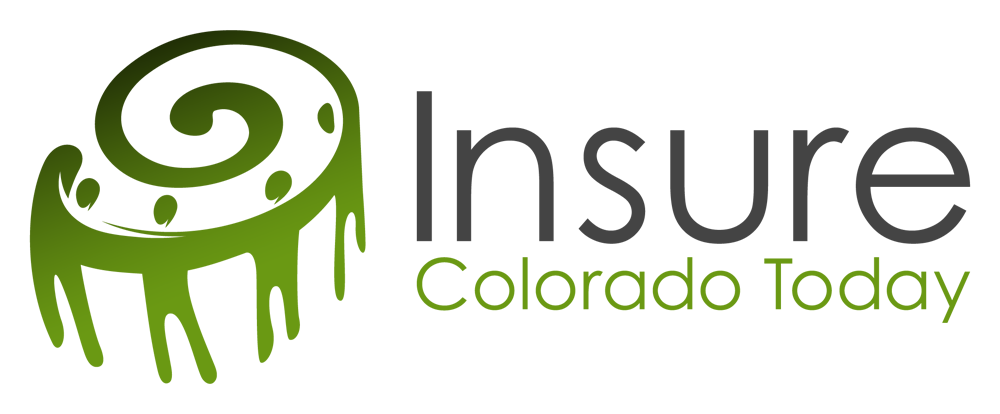We maintain the mindset that we work FOR our clients
Auto Insurance
The standard personal auto policy includes liability coverage that is required by law if you own a vehicle. It also includes may include the following optional coverages depending on state statutes. Medical payments uninsured motorist coverage and damage to your covered auto. This type of policy may be written to insure private passenger autos, pickup trucks, vans, trailers, and certain leased vehicles. It is principally designed to cover vehicles that are owned by an individual or by a husband and wife who reside in the same household.
Liability – Liability is defined as the legal responsibility for injury to another or damage to their property. Whether someone is liable (legally responsible) for an accident is something that ultimately is decided by a court of law, if the adjusters and attorneys don’t agree on who is liable first.
Generally, to be liable, someone must first be found negligent; meaning did they act, or fail to act, as a reasonable person would have acted? Damages are what the law says a negligent person owes to others. Damages can be divided into two categories, bodily injury and property damage. Although the policy has definitions for these terms, the law decides what they really mean and include.
Bodily Injury (BI) Liability Limit – The per person BI limit is the most the carrier will pay for all BI damages in any one auto accident. Bodily injury means bodily harm and includes medical expenses, all necessary costs of medical treatment for injury, past, present and future; loss of income, loss of future earnings resulting from an injury; disfigurement, compensation for scarring and loss of looks; pain and suffering, this is an amount determined by a court to address the emotional or physical stress an accident or injuries caused.
Property Damage (PD) Liability Limit
Property damage means damage to or destruction of property including the cost to repair the damage, when property is economically repairable, this is what is owed; actual cash value of damaged property, generally, the market value of the damaged property. If repair costs are more than the value of the property, then all that is owed is what the property is worth. Loss of use of property is included. This coverage includes the cost to rent substitute property, like the cost for a claimant to rent a car while their car is being fixed. It, also, includes loss of income suffered by a business if their building was damaged.
Some carriers offer 2 ways to provide liability coverage-either in split limits or combined single limit (CSL).
Split Limits – provides separate amounts of coverage for bodily injury and property damage. The amount of bodily injury coverage is further split into 2 sub-limits; a limit of coverage per person and a limit per accident. On a declarations page of the auto policy the liability limits will commonly look like this. $100,000 bodily injury per person/$300,000 per accident and $100,000 property damage.
Combined Single limit (CSL) provides one limit of coverage available to pay for both bodily injury and property damage in any one accident. Combined single limits provide more coverage in accidents where only one person suffers bodily injury or there is a large amount of property damage.
Minimum vs. Adequate limits – Every state has a minimum liability that a vehicle owner must have in order to register the vehicle. However, automobile liability is one of the largest exposures to financial loss faced by an insured. There is no way for you to limit how much you can be legally responsible to pay for damages. In some cases, judgments for damages can’t even be avoided by taking bankruptcy so it is important to discuss with your agent the amount of coverage that you feel is adequate to cover your assets and future earnings.
Medical Payments – Medical Payments is a “no-fault” coverage. It pays for people being hurt in car accidents, regardless of fault. The limit of liability for medical payments noted on the declarations page is a ”per person” limit and there is no limit to the number of people that can collect.
Uninsured/Uninsured Motorist Coverage – Uninsured/Underinsured Motorists Coverage is liability coverage that the policyholder purchases in case other people negligently injure the policyholder and/or damage the vehicle with their car and do not carry any, or not enough, car insurance. To collect Uninsured Motorists coverage, the vehicle that injured the insured must be uninsured/underinsured and the vehicle operator must be at fault.
Damage to Your Auto – Physical Damage must be purchased in order to be in effect.
Coverage is provided for loss to your covered auto, as well as non-owned autos (if coverage is carried on at least one covered auto).
It consists of two different coverages, Collision and Other than Collision. “Other than Collision” is often referred to as “Comprehensive”. Each coverage will have its own deductible. The policy pays the amount of the loss that exceeds the deductible.
Policyholders can purchase just Other than Collision coverage or both coverages. Companies won’t sell Collision coverage by itself due to the wording of the policy and that collision is just considered an additional coverage to be comprehensive.
Definition of Collision – Collision is defined to mean the upset of the auto, the auto being overturned; the impact of the auto with another vehicle or object, this includes hitting something with the vehicle or the vehicle getting hit by something else, whether moving or stationary.
Definition of Other than Collision – Other than Collision specifically includes, but is not limited to, the following causes of loss:
Contact with a bird or animal.
Missiles or falling objects.
Fire.
Theft or larceny. When a covered auto is stolen and then wrecked by the thieves, theft is considered the proximate cause, not collision.
Explosion or earthquake.
Windstorm.
Hail, water or flood.
Malicious mischief or vandalism.
Riot or civil commotion.
Breakage of glass. If the insured has glass broken in a collision, they can choose to cover the glass under collision, so they don’t have to pay a second deductible on their other than collision coverage on the glass.
Additional Coverages – Your agent can help you with other coverages that are available on the auto policy such as roadside assistance, rental car coverage, rideshare coverage, custom equipment, and new car replacement.
Quote Request
OUR LOCATION
5610 Ward Road #300 Arvada, CO 80002
303-317-3447
© Copyright 2025 Insure Colorado Today | All Rights Reserved
Site by ICA Agency Alliance
5610 Ward Road #300 Arvada, CO 80002
303-317-3447
© Copyright 2025 Insure Colorado Today | All Rights Reserved
Site by ICA Agency Alliance


